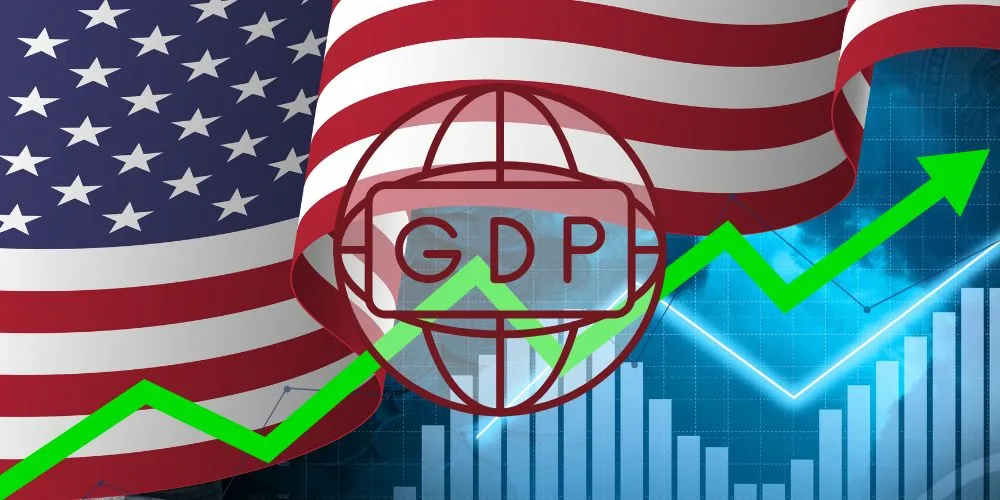Key Points:
- U.S. fourth-quarter GDP growth was confirmed at 3.2%, slightly down from the initially reported 3.3%.
- Inflation remains relatively mild, with a slight upward revision from previous estimates.
- Signs of economic moderation in early 2024 were indicated by declines in retail sales, housing starts, and factory production.
- Financial markets anticipate Federal Reserve interest rate cuts in June, reflecting a shift from previous expectations in May.
The U.S. economy experienced robust growth in the fourth quarter (Q4) of 2023, driven by strong consumer spending, according to the second estimate from the Commerce Department’s Bureau of Economic Analysis. While Gross Domestic Product (GDP) increased at a 3.2% annualized rate, slightly below the initial 3.3% pace, the overall economic performance remained solid.
The confirmed growth was attributed to resilient consumer spending, a key driver of economic activity. The slight downward revision in the GDP figure was primarily due to a downgrade in private inventory investment. Despite the adjustment, economists had expected the growth rate to be unrevised.
Inflation, a closely monitored economic indicator, remained relatively mild during the fourth quarter. However, there was a slight upward revision from previous estimates. The data suggested a steady economic expansion, with GDP growing at 4.9% in the preceding July-September quarter. The overall economic growth for 2023 stood at 2.5%, reflecting an acceleration compared to 1.9% in 2022.
Despite the positive figures, there are emerging signs that economic momentum has slowed early in the new year. Key indicators such as retail sales, housing starts, durable goods orders, and factory production declined in January. Some of this weakness has been attributed to adverse weather conditions and challenges in adjusting data for seasonal fluctuations at the start of the year. Despite these fluctuations, economists are not currently forecasting a recession.
Financial markets are anticipating the Federal Reserve to initiate interest rate cuts, with expectations now set for June, slightly later than previously forecasted in May. Since March 2022, the Federal Reserve has increased its policy rate by 525 basis points, reaching the current range of 5.25%-5.50%. The central bank’s actions aim to balance supporting economic growth and managing inflationary pressures.
The confirmed GDP growth reflects the ongoing strength of the U.S. economy, driven by consumer spending, but concerns about a potential slowdown are emerging. As economic indicators show signs of moderation in early 2024, attention is focused on the Federal Reserve’s policy decisions and how they will navigate the delicate balance between stimulating growth and controlling inflation.












